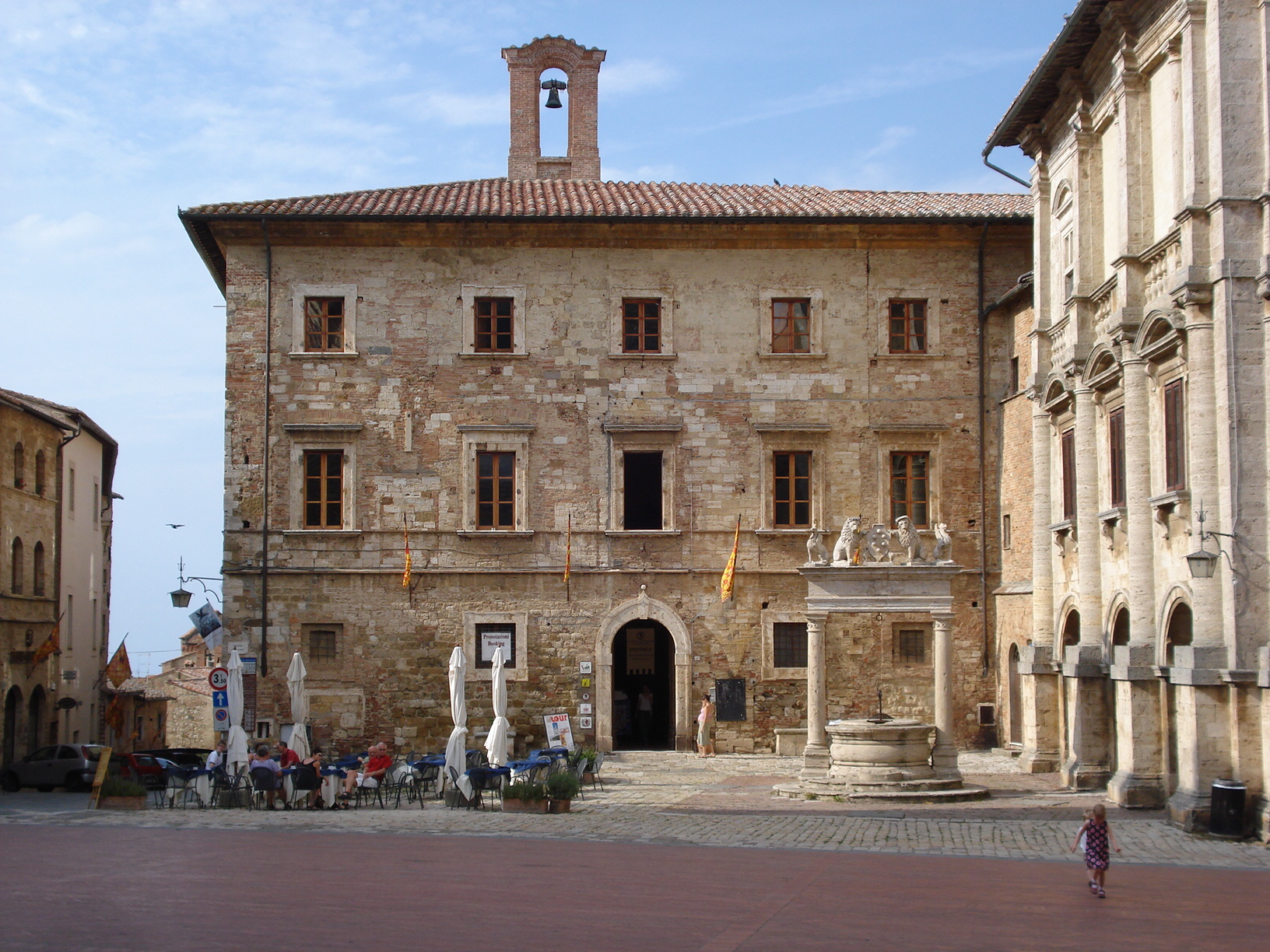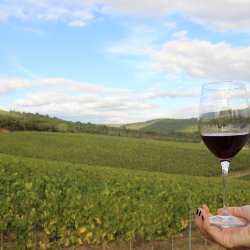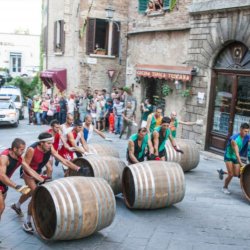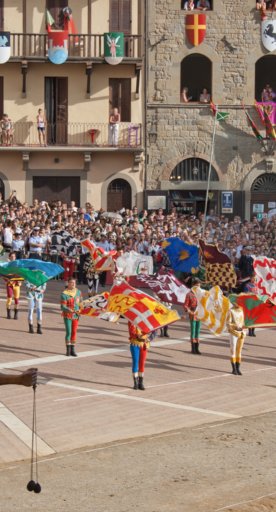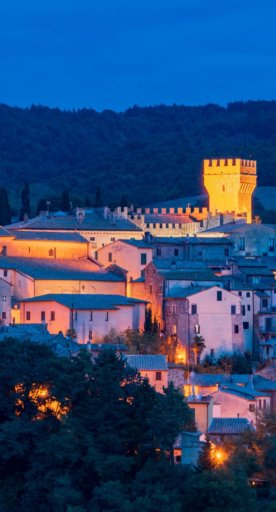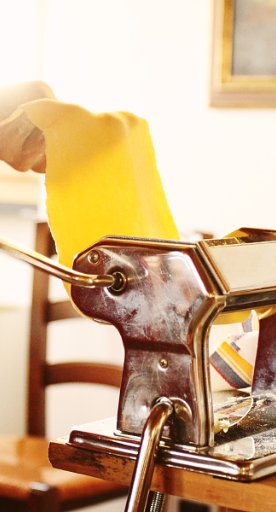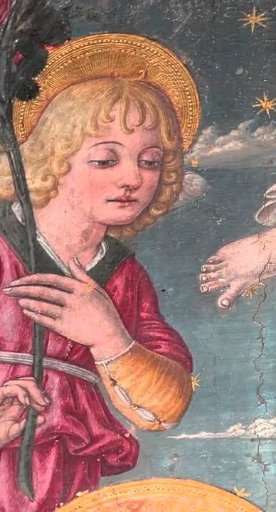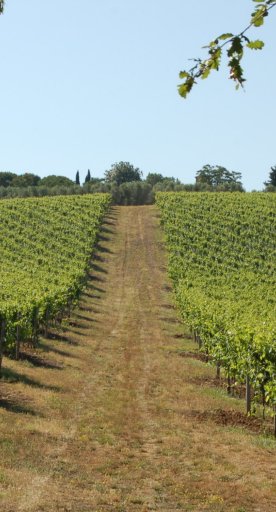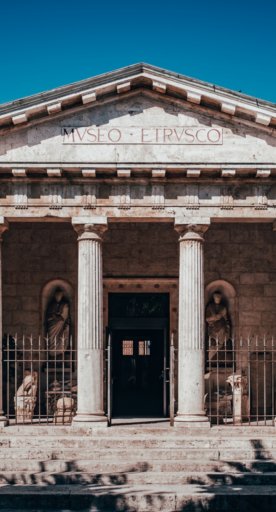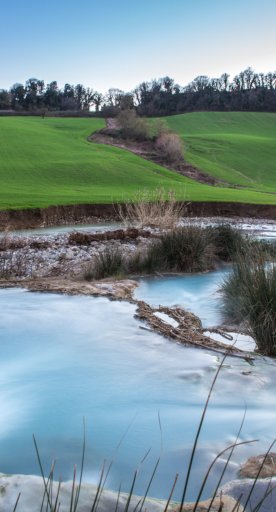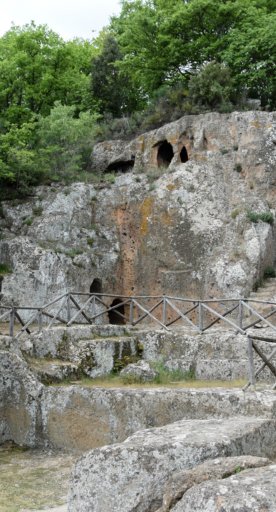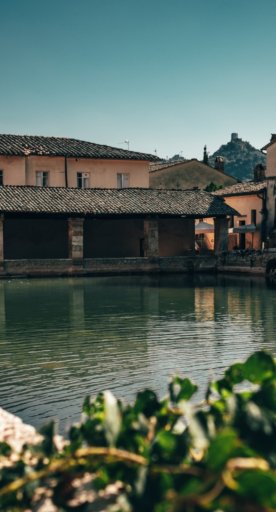The island of biodiversity: in and around Monte Cetona
The mountain that emerged from the sea and the areas on its slopes: an oasis where the historical-archaeological and natural elements are intimately linked
It looks like an island, with its silhouette standing out against the sea of the Valdichiana Senese and Val d'Orcia area. This was Monte Cetona, about three million years ago: a land separated from the Apennines, emerging from the sea due to the collision between the European and African tectonic plates. Just go to the Accademia dei Fisioscritici in Siena or to the Museo Cappellini in Bologna, to find remains of selachii fish, cetacean mammals and sirenidae that originated here.
-
1.A triumph of biodiversity
-
2.The archaeological zone
A triumph of biodiversity
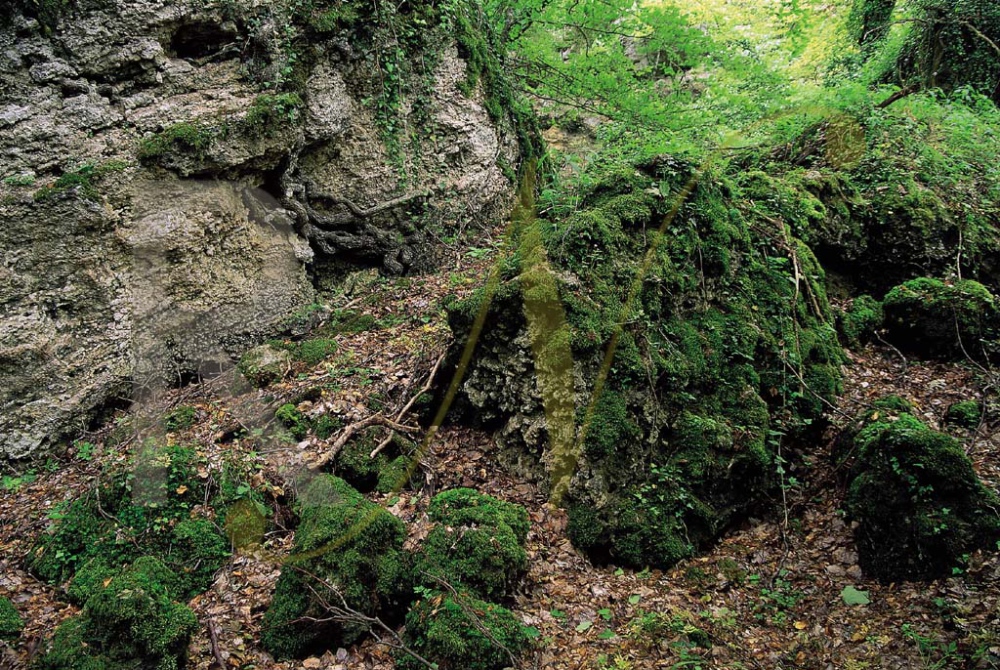
Today, Monte Cetona (1148 meters above sea level) and the nearby hillock of Pietraporciana (847 meters), treat you to the observation of extraordinary species of flora: it is a triumph of biodiversity. You can see the increasingly rare yellow mistletoe in the tall trees and, between spring and summer, you can observe the flowering of snowdrops, crocus vernus, centaurea ruprestis, cornflowers, orchids, lilies (including the rare martagon lily, or Turk's cap lily) and many other species, making a fantastic plant litter. Immense beech trees dominate the end part of mountain, followed by the European hop-hornbeam, maples and acacias.
Pietraporciana is home to an unusual low-altitude beech forest that survived glacier regression about 10 thousand years ago. Where the forest is sparser, you will see the turkey oak, the common hornbeam and the European hop-hornbeam, the elderberry and the wild service, Cornelian cherry and hazel trees. The special climate of the undergrowth causes primrose, wood and liverwort anemone, Solomon's seal, toothwort and the sweet woodruff of the beech forest to appear. However, the most significant plant is the belladonna, from which atropine, used in ophthalmology, is extracted. Worthy of note is the explosion of orchids and other plants, particularly aromatic ones. Lastly, the presence of beetles here includes a very rare variant at these latitudes - the Alpine longhorn beetle.
We will leave aside the variety of amphibians, reptiles and mammals, by staying on the mountain slopes, in the Belverde area (540 m), characterized by tunnels, shelters and ravines, on a cliff where primitive men found shelter. Of course, other rare plant species are found here.
The archaeological zone
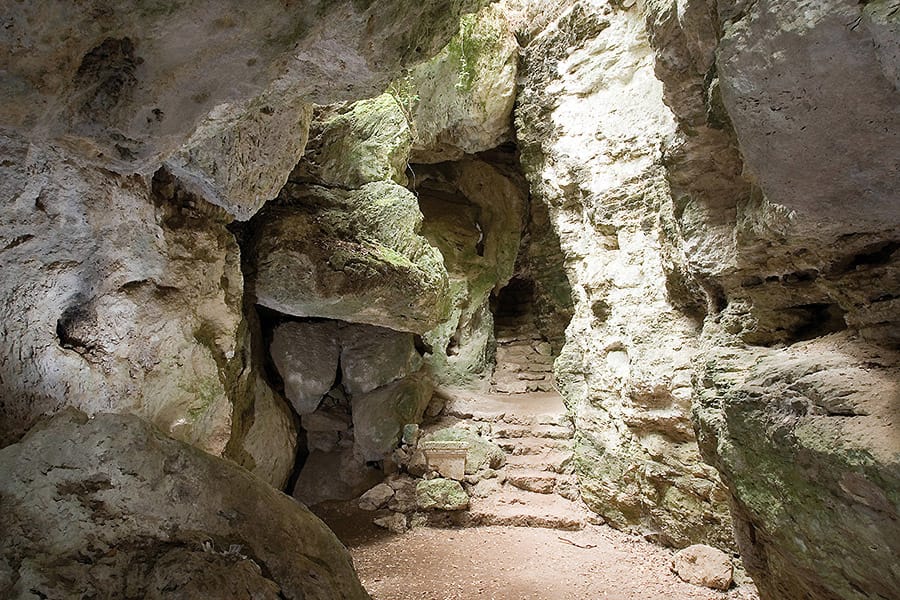
The Civic Museum of the Prehistory of Mount Cetona (in the historic center of the town of the same name) documents the various phases of human settlements, between the Paleolithic and the Bronze Age. The Belverde Archeological Nature Park is an extension of the museum, where you can visit the impressive caverns, to which an Archeodrome has been added, not far from the archeological area: it is a reconstruction of a Bronze Age village, with life-size huts, areas for handicraft activities and a cave dwelling from the Middle Paleolithic period. Cetona, with its precious appendages, is a kind of oasis, in which the historical-archeological and natural elements are closely linked.
What’s nearby?


